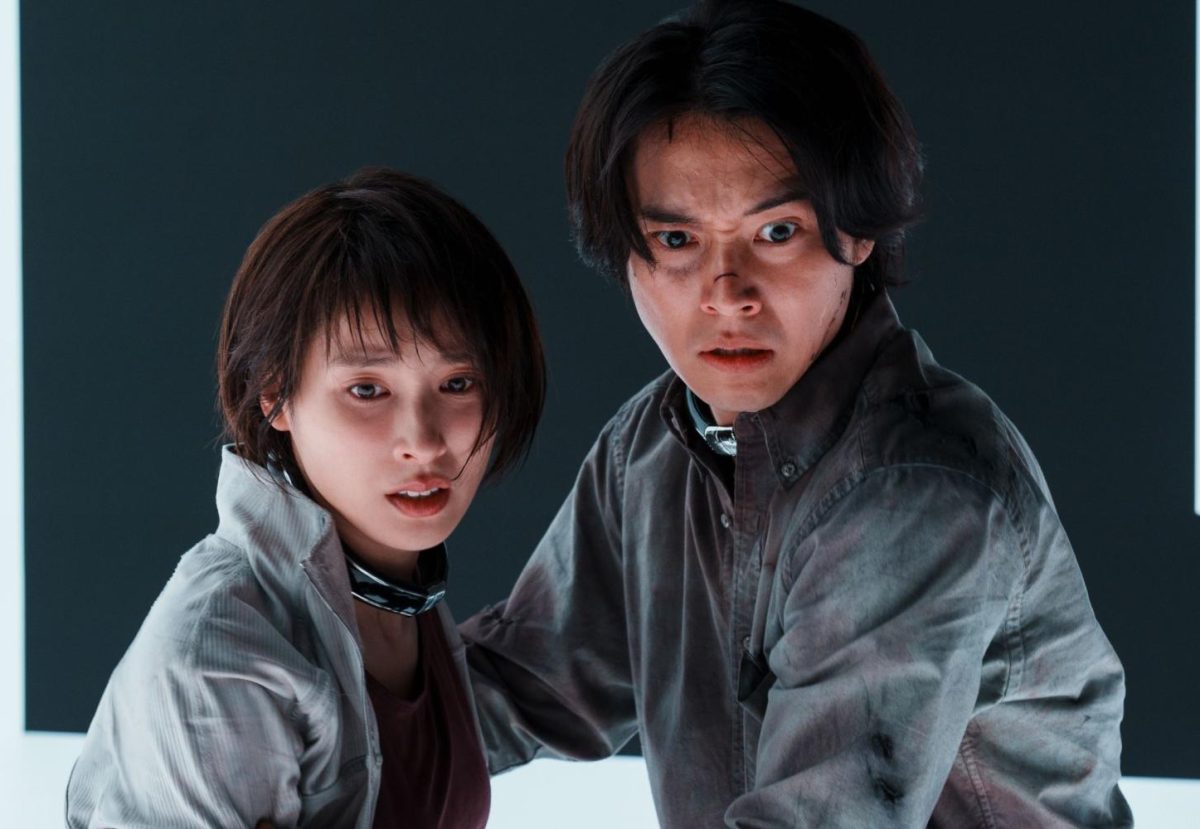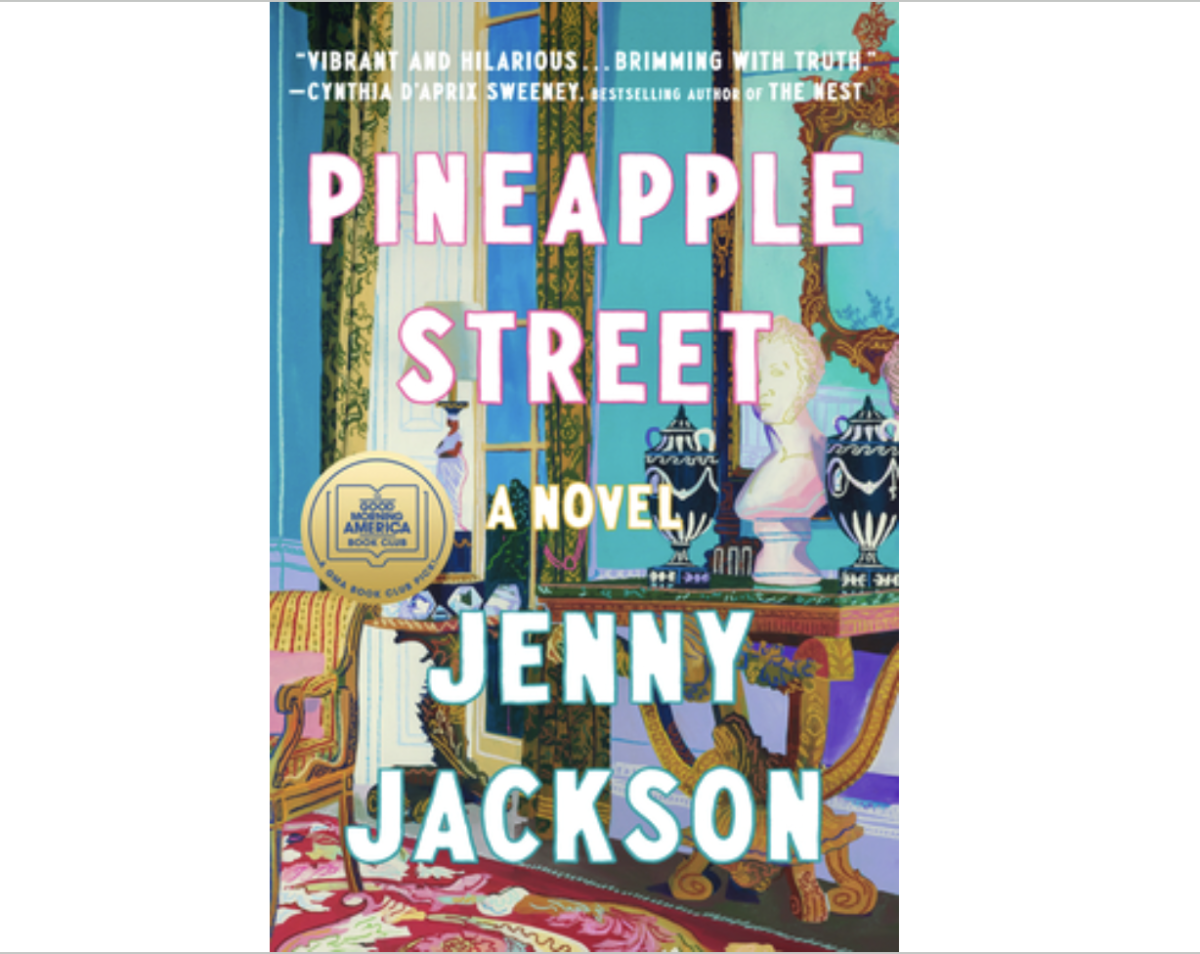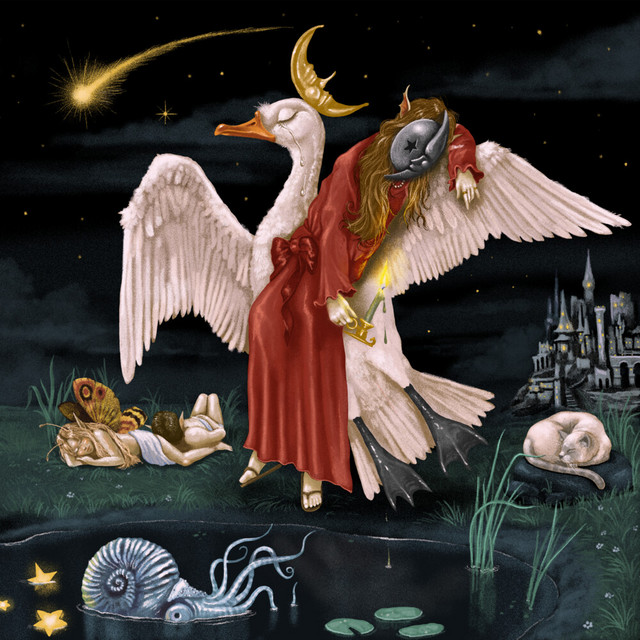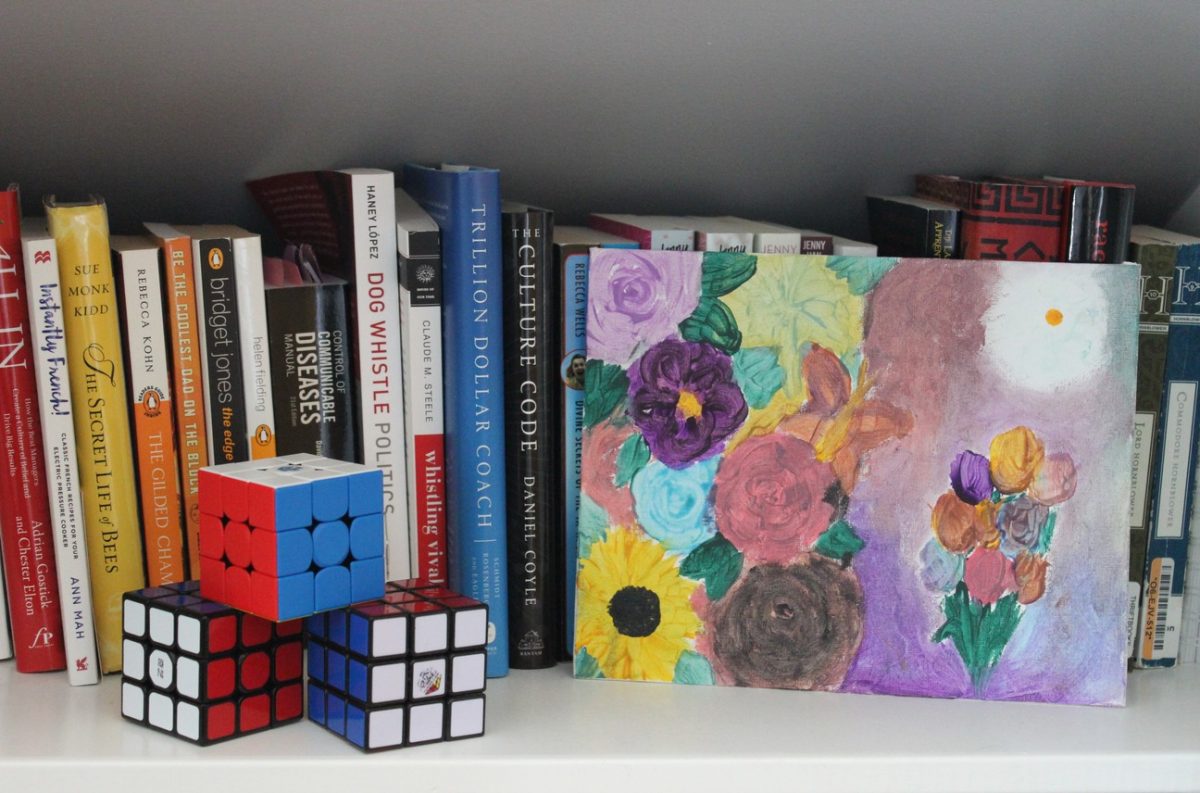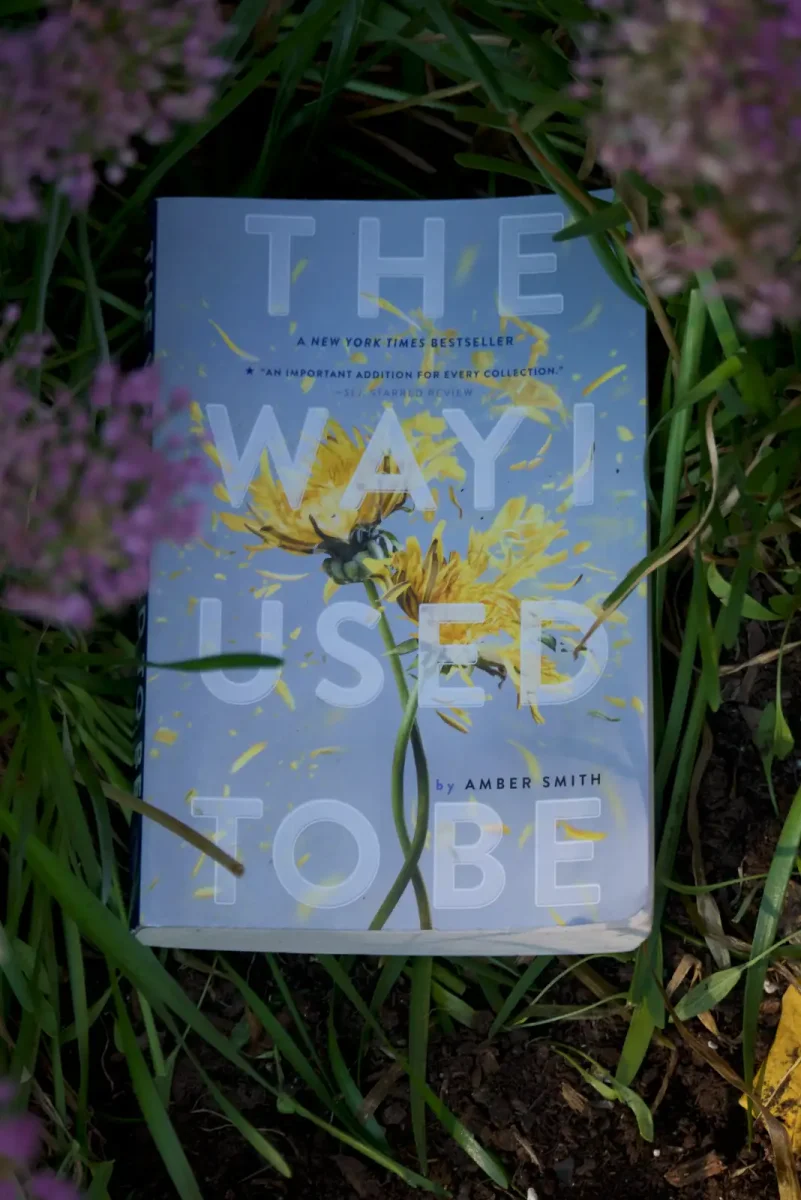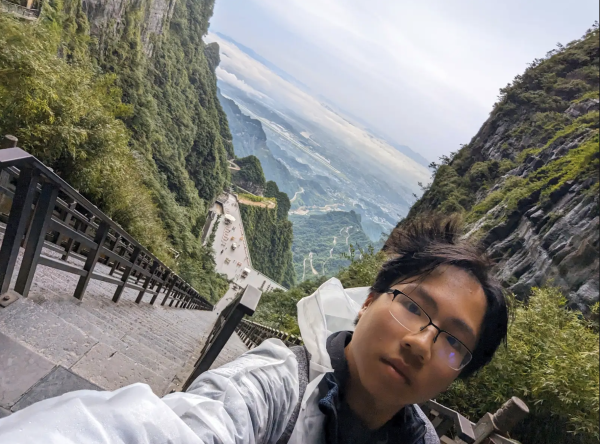Shibuya Crossing, usually a flood of neon and bodies, is deserted. Traffic lights blink into emptiness, counting down for no one. In the middle of the intersection, three players stand frozen. The game has already begun, and they don’t even know the rules.
Arisu is a young man who is brilliant at video games but struggling in real life. Jobless, aimless and constantly compared to his successful brother, he drifts through his days with his closest friends, Chota and Karube.
One day. when he and his friends set out to go drinking in Shibuya, they encounter a series of accidents and find themselves in a strange, emptied-out version of Tokyo. The three young men walk throughout the empty city, feeling a mix of anxiety and freedom.
The main premise in “Alice in Borderland” is that Arisu and his friends must take part in deadly games to survive. Every game is tied to a playing card, and the suit determines the challenge: Clubs test teamwork, Diamonds test intelligence, Spades test physical ability, and Hearts test trust and emotions. The number on the card shows the difficulty — the higher the number, the more dangerous the game. Winning extends a player’s “visa,” the countdown that keeps them alive. Once the visa runs out, a laser from the sky strikes, killing them instantly.
The very first game, the Three of Clubs, sets the tone for the entire series. “Dead or Alive” drops Arisu and his friends into a locked building with cruelly simple rules: two doors, one marked “Live,” the other “Death.” Choose correctly and advance; choose wrong and you’re incinerated on the spot. The clock is even harsher, starting at two minutes and decreasing by ten seconds with every room they clear. The entire sequence establishes that the main goal in “Alice in Borderland” is not to win, but to survive.
From there, each game pushes the characters in new ways. Some are brutal tests of physical strength; others demand intelligence or cunning. The result is a series that is both equal parts thriller and drama, showing how fear and desperation can shape the choices people make when the cost is their lives.
Visually, “Alice in Borderland” is a haunting work. Real locations, including the iconic Shibuya Crossing, are void of life, a feat that feels effortless, even natural. Japanese live-action dramas are often criticized for using cheap CGI, but here, the emptiness feels weighty and real. Seeing such familiar spaces stripped of their usual chaos feels wrong, and that is the point: It forces us to sit with the unsettling reality of a city without its people.
Even though the main point of the series is surviving, it’s also much about connection. Everyone’s lives are being threatened, and it demands choices that reveal who the characters are at the core. Just like Arisu, who begins the story without a clear purpose, is forced to decide whether to keep going or give in to despair.
That said, “Alice in Borderland” can be unrelenting in its violence: blood splatters, bodies collapse and death is everywhere. For some, this heightens the tension and makes the stakes brutally real. For others, it risks shock value over substance. But to me, the series is less about violence than about humanity under pressure. Some rise, others break, and many turn cold. The series suggests that morality is not just a luxury of safety but a test we carry into moments of survival.



